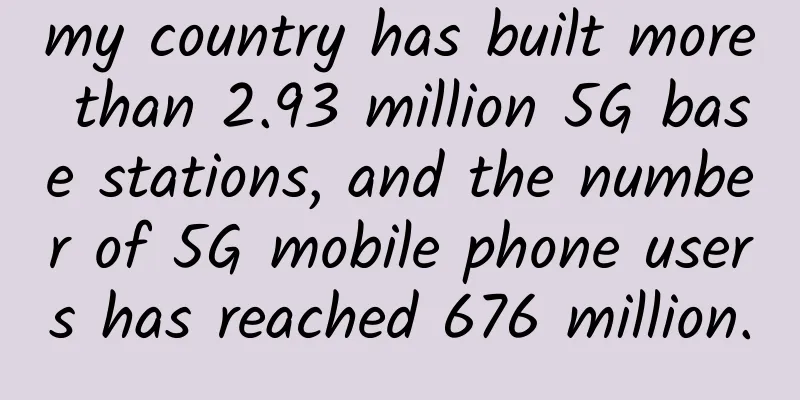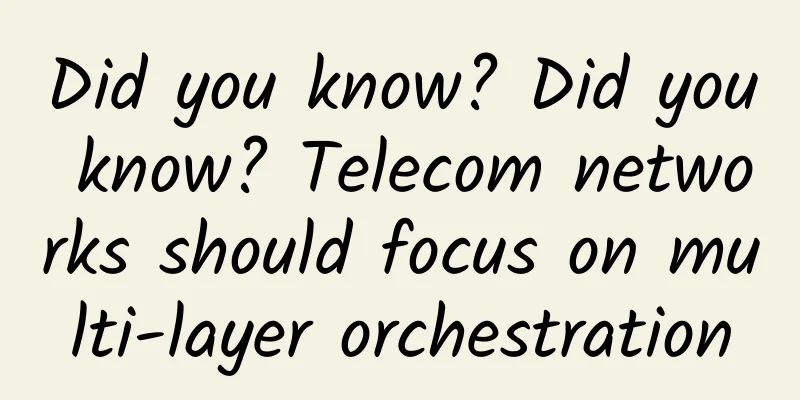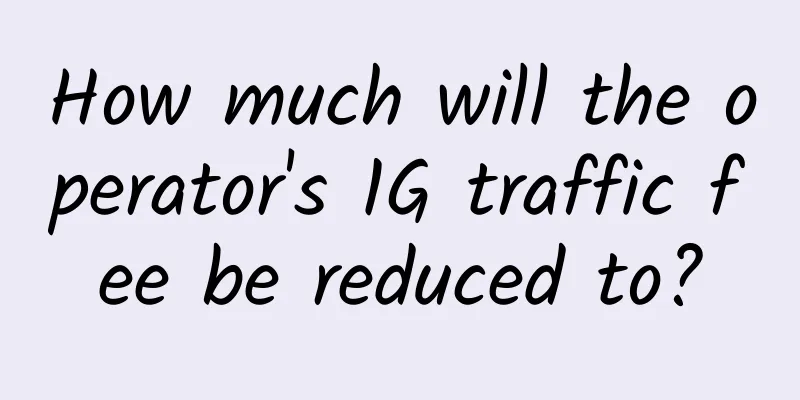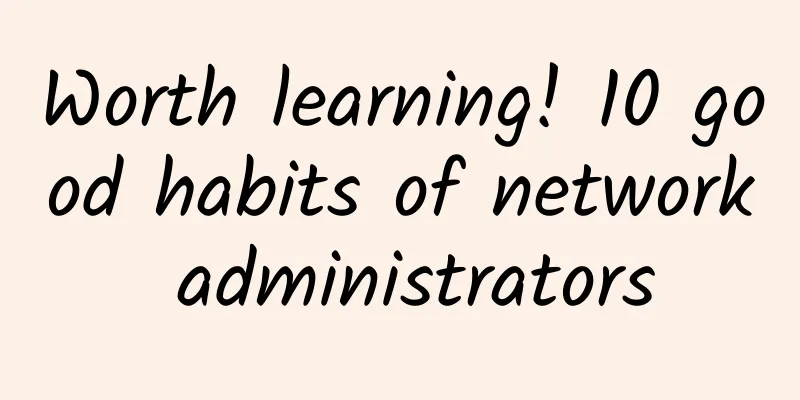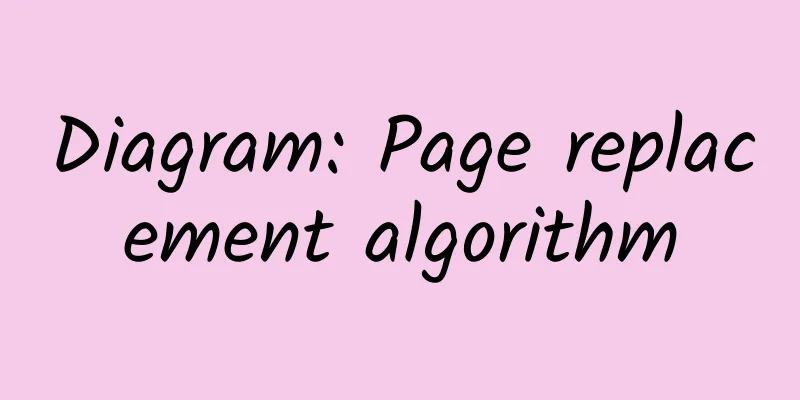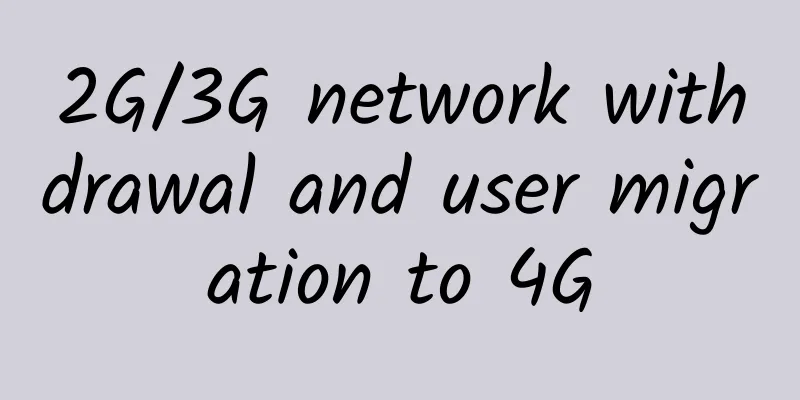What is the principle of communication? It turns out to be so simple

|
What is Communication? Simply put, communication is the transmission of information. I send my information to you, and you send your information to me, this is communication. The official definition of communication is more rigorous - the exchange and transmission of information between people, or between people and nature, through certain behaviors or media is called communication. That is to say, communication is not limited to the exchange of information between humans, but also includes all things in nature.
Let’s start with us humans. After all, in most communication scenarios, humans are the main body. From the moment humans were born, communication has been a basic need for survival. Newborn babies cry to convey hunger information to their mothers, asking for breast milk and love. Tribal members participating in hunting call for support and assistance from their companions through roars. All of this falls into the category of communication.
As the organizational units of human society continue to grow, the role of communication is also becoming more and more important. The alliances between countries and the care and concern between relatives are inseparable from communication. The means of communication have also gradually developed from the short-distance method of face-to-face conversation to various long-distance methods such as beacon fires, flag signals, drums, and gongs. These communication methods are mainly realized through vision or hearing. This requires that the two parties in communication can see or hear each other. The constraints of objective conditions limit the scope of communication. However, if post stations or carrier pigeons are used, although the problems of range and distance can be solved to a certain extent, it brings about the problem of timeliness and delivery cannot be done in a short time. In the 19th century, electromagnetic theory emerged and matured. On this basis, Morse invented Morse code and wired telegraph, Bell invented the telephone, and Marconi invented the wireless telegraph. Humanity thus ushered in the modern era of communication using electromagnetic waves. The distance limit of communication has been continuously broken. At the same time, the delay of long-distance communication has also been continuously reduced. Today, we have fully entered the information age, and the demand and dependence on communication has become stronger than ever. Modern communication tools such as mobile phones have become an indispensable necessity as a link for everyone to maintain social connections.
Not only individuals, but also the entire society is built on the reliance on communication technology. The level of advancement of communication technology has become one of the important indicators to measure a country's comprehensive strength.
We cannot imagine what a chaotic scene our world would be in if communication technology regressed to two hundred years ago. Let's get back to the essence of communication. Any communication behavior can be regarded as a communication system. A communication system includes the following three elements: information source, channel and information destination. For example, when the class is over, the janitor rings the bell: the janitor is the source of information, the air is the channel, and the teachers and classmates are the destinations of information.
What is a bell? A bell is a signal on a channel. This signal carries information, telling the destination: it's time to end the get out of class. To be more specific, the ringing device is the sending device, and the ears of the teacher and students are the receiving devices. Are all messages (data) information? The more messages there are, the more information there is? No. Many people believe that the more messages and data there are, the greater the amount of information. This is a misunderstanding. The amount of information is directly related to the probability of its occurrence. Simply put, the smaller the probability of a random event, the greater the amount of information. For example, if I tell you, "The earth is round," the information content of this sentence is 0. In short, I am saying nonsense. If I tell you that I have $100 million in cash hidden somewhere, then obviously that is a lot of information.
To put it simply, the development process of communication technology is the process of studying how to transmit larger amounts of information in a shorter time. To achieve this goal, the information source needs to continuously upgrade its sending equipment, and the information sink needs to continuously upgrade its receiving equipment. The channel medium is also constantly upgraded. Depending on the channel medium, we divide communication systems into wired communication and wireless communication. As the name implies, wired communication uses network cables, optical fibers, and coaxial cables as communication media, while wireless communication uses air or even vacuum. Whether wired or wireless, what is transmitted is electromagnetic waves - in wired cables, electromagnetic waves are propagated as guided waves, while in air (vacuum), electromagnetic waves are propagated as space waves. There is no truly "complete" wireless communication in the world. In a wireless communication system, except for the wireless link in the channel part, the signal source, signal destination and most of the channels are actually wired. Just like the mobile phone communication system we are using now, it only has wireless transmission between the mobile phone and the base station antenna, and other links are still wired transmission, such as the base station to the computer room, Nanjing computer room to Shanghai computer room, and so on. Since we are talking about the mobile phone communication system, let us introduce it in more detail. The mobile phone communication system is also called the cellular communication system because the communication of the mobile phone depends on the base station, and the coverage area of the base station cell looks a bit like a honeycomb. Mobile phone communication is usually called mobile communication, which is a type of wireless communication. In addition to mobile communication, Wi-Fi communication, walkie-talkie communication, satellite communication, and microwave communication are also wireless communications. The electromagnetic waves used for wireless communication cannot be seen, touched or heard, but they are extremely fast (light is also an electromagnetic wave, traveling at 300,000 kilometers per second). However, it is not so easy to make good use of them. In the early days of wired telegraph, we transmitted a letter through a combination of long and short electric current pulses. For example, the letter a was: "· -", a dot signal and a long signal. It took several seconds or even more than ten seconds to send a complete word. Obviously, this speed is unacceptable, as it is both time-consuming and laborious.
"Don't mention it, this crap almost killed me" Later, people began to use "waves" to carry information. If 0 or 1 is expressed according to the amplitude of the wave, the larger amplitude represents 1 and the smaller amplitude represents 0, which is amplitude modulation (AM). If 0 or 1 is expressed according to the frequency of the wave, a dense waveform represents 1 and a sparse waveform represents 0, which is frequency modulation (FM). AM and FM, do they look familiar? That’s how they are labeled on the radio. Obviously, the more waveforms are sent per second, the more 0s and 1s are transmitted, and the more information is transmitted. In other words, the higher the frequency, the faster the rate. Many people ask why we now use high frequency signals to transmit information. The above is one of the main reasons. Whether it is AM or FM, they are all what we often call modulation. What about demodulation? It is to extract information from the modulated signal at the destination. The modem we used to use to surf the Internet is a modem, which does this job. The baseband chip in the mobile phone chip that is being discussed everywhere now, to put it bluntly, also does this job.
The communication systems we currently use are basically digital communication systems, and they transmit digital signals. Common modulation methods for digital signals are amplitude shift keying (ASK), frequency shift keying (FSK), phase shift keying (PSK), and quadrature amplitude modulation, also known as QAM. Our LTE and the upcoming 5G both use QAM. This kind of map with many points is called a constellation map. Transmitting data is like transporting goods by car. If you want to transport more goods, on the one hand, you can make the road wider, and on the other hand, you also need to find a way to reduce your weight. Of course, valuable goods cannot be lost, but worthless loads can be reduced. Just like when people talk to each other, they should choose the most important words and say less nonsense.
Here, the coding technology is involved. There are two types of encoding, the first is source encoding. The sounds we hear are audio signals, and the scenes we see are pictures or video signals. Different signals have their own encoding methods. For audio signals, we often use PCM encoding and MP3 encoding, etc. In mobile communication systems, taking 3G WCDMA as an example, AMR speech encoding is used. For video signals, MPEG-4 encoding (MP4) is commonly used, as well as H.264 and H.265 encoding. In the video conferencing telephone system (also a type of communication system) commonly used by government and enterprises, H.265 encoding is now widely used. In addition to source coding, there is channel coding. Source coding removes redundant information, while channel coding does the opposite, adding redundant information. Why? Here, we have to talk about the complexity of wireless channels. Compared with the reliability and stability of wired channels, wireless channels have many more problems. The transmission of wireless signals in the air will cause loss as the transmission distance increases. This loss is also called path loss. During the transmission process, if an obstacle is encountered and the data penetrates it, loss will occur, which is called penetration loss. The loss is closely related to several effects of wireless signal transmission, such as shadow effect, multipath effect, near-far effect, and the Doppler effect that everyone must have heard of. Due to space limitations and difficulty in understanding, I will not introduce them in detail. In addition to the attenuation caused by these electromagnetic wave characteristics, wireless communication is also prone to various interferences and noises, such as electromagnetic interference and frequency band crowding. The purpose of channel coding is to counteract various adverse effects of the channel. Adding redundant information is like putting protective foam on the side of the goods to ensure the correct transportation of the goods. If there are bumps or collisions on the road, the probability of damage to the goods will be reduced. The Lenovo 5G standard voting incident that caused a lot of controversy last year, the Polar code promoted by Huawei, and the LDCP code promoted by Qualcomm are all about channel coding. The Turbo code that was at the core of the 3G/4G era is also channel coding. In addition to channel coding, there are also diversity technology and equalization technology to combat fading. For example, the MIMO (multiple antenna transceiver technology) that has attracted much attention now is a type of spatial diversity technology. In simple terms, if one is not enough, use two, and if two are not enough, use four. After talking about modulation and coding, let's talk about multiplexing and multiple access. What we have talked about before is a one-to-one communication model. But in real life, we cannot use a communication system for only two people. We want to allow as many people as possible to use it at the same time. This requires the use of multiple access technology. When it comes to multiple access, you must have heard of these words: FDMA, TDMA, CDMA, SDMA, OFDMA... Yes, these are all multi-access technologies, namely: FDMA: Frequency Division Multiple Access TDMA: Time Division Multiple Access CDMA: Code Division Multiple Access SDMA: Space Division Multiple Access OFDMA: Orthogonal Frequency Division Multiple Access Multiple access means Multiple Access. To give a simple example, we imagine the frequency resources as a room. If the room is divided into different spaces, and different users chat in different rooms, this is frequency division multiple access (FDMA). If in this room, one person is allowed to speak at a certain time, and another person is allowed to speak at the next time period, it is time division multiple access. If everyone speaks their own language, some speak English, some speak French, and some speak Chinese, that is code division multiple access. Using the orientation of the antenna to distinguish different users is called space division multiple access. (Sorry, the room example doesn't apply here) Dividing the space into different rooms with overlap between rooms so that more rooms can be packed in is called orthogonal frequency division multiple access. And what is multiplexing? The difference between multiplexing and multiple access is that multiplexing is for resources, while multiple access is for users. For example, a 10MHz frequency resource is divided into five 2MHz sub-channels. This is called multiplexing. Different users use these sub-channels, and each sub-channel becomes the "address" of the user. This is called multiple access. |
<<: Four small things that are bound to happen in the field of network switching in 2019
>>: How advanced is the "Smart Island" with 20,000 people? Let me help you experience it first!
Recommend
We need to look up to the stars (6G) and keep our feet on the ground (5G)
[[349140]] 2020 is coming to an end. With the adv...
No matter what happens with 13 incense, the 5G mobile phone market will not be a winner-takes-all
How far has 5G construction progressed? [[424068]...
[11.11] HostingViet: Vietnam VPS annual payment 40% off, 2GB/20G SSD/unlimited traffic/annual payment starting from 193 yuan
HostingViet also launched a Double 11 event. From...
Let’s not talk about technology, but business scenarios: Huawei’s fully cloud-based network enables digital transformation
[Original article from 51CTO.com] At the recently...
Maxthon Hosting: 56 yuan/month KVM-2GB/40GB/400GB/Korea CN2, Hong Kong CN2, Japan, US CN2, etc.
Aoyozhuji, a long-established foreign VPS service...
Eight use cases for NV overlay
Most IT organizations are under pressure to be mo...
What is a VPN and why is it important for SD-WAN?
Internet-based virtual private networks (VPNs) we...
Yu Xin: What does ofo want to do?
[51CTO.com original article] The 16th China Inter...
LiteServer 15th Anniversary 15% off, 2GB RAM NVMe hard drive package starts from €5.1/month
LiteServer is carrying out a promotion for its 15...
5G is coming. China Mobile will incubate various vertical applications to realize the Internet of Everything
4G changes life, 5G changes society. At the 2016 ...
How to change ssh port in CentOS7.*
I checked the port modification records in the si...
CommScope launches new access point portfolio to accelerate enterprise-class Wi-Fi 6 adoption
Shanghai, China, June 9, 2020 – CommScope recentl...
Jiangsu Cable and Ruijie Networks jointly build the "Smart Confucius Temple"
In ancient times, there was a saying that went, &...
New trends: eight directions of development of the Internet of Things industry
The Internet of Things (IoT) is a technological r...
Understanding TCP/IP protocol stack HTTP2.0
[[332931]] 1 Introduction Today, let's study ...

